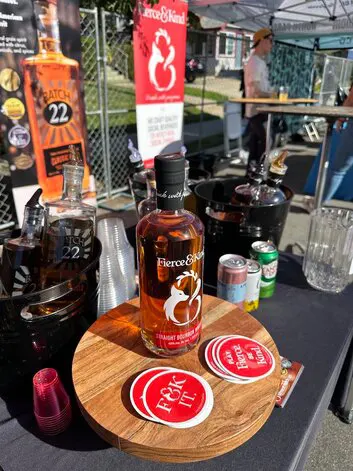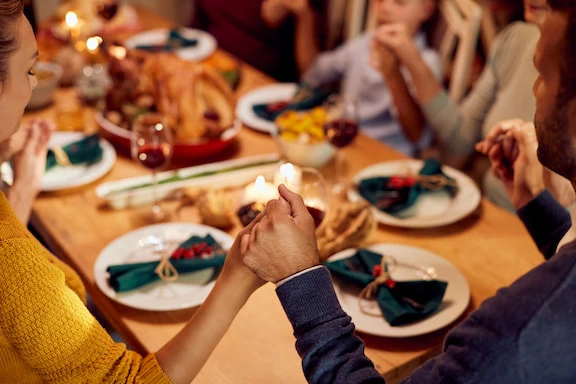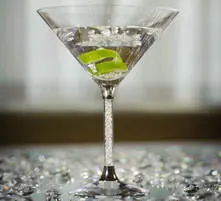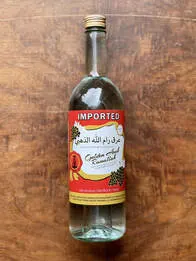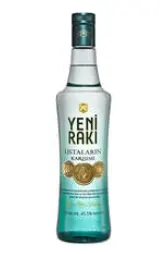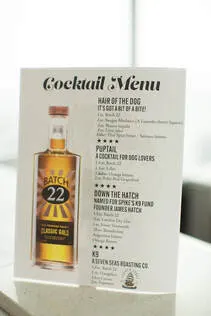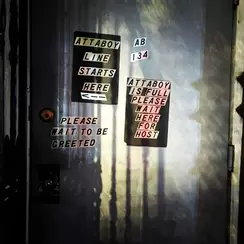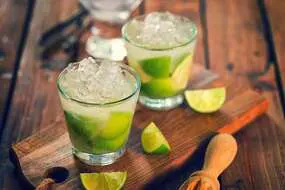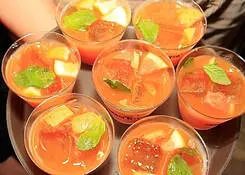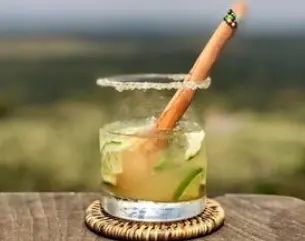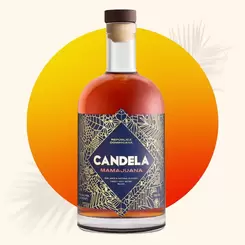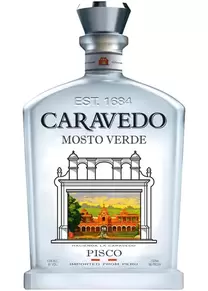This past weekend, we were fortunate enough to participate in SoNo Fest, held annually in San Diego’s South Park Neighborhood. The event, which features a big chili Cook-Off and a wide array of San Diego’s local breweries, cideries, and kombucha producers, is also a benefit to raise money for McKinley Elementary School. 100% of the festival’s profits go to support the International Baccalaureate Program as well as dance, art, music, Spanish, garden, and ceramic programs at the school in North Park.
This year, Batch 22 partnered with fellow San Diego spirit brand Fierce & Kind to be the exclusive cocktail providers for the event. By the time last call came around, we figure we had served up more than 700 Batch 22 and Fierce & Kind cocktails—everything from Vodka-Cranberrys to Batch & Tonics to Old Fashioneds made with bourbon or Batch.
The event was great fun, and great exposure for our brands, but it also highlighted an important aspect of what we are able to do as spirits producers: Help to raise money and awareness for great causes.
Too often, we’re preoccupied with all the frustrating, time-consuming, nitty gritty details of our daily operations and we forget that there has been a lot of positive change through what we’ve done. Raising money for McKinley was great, as was partnering with our good friends at Fierce & Kind, who dedicate a large part of their business to helping others. Fierce & Kind donates 25% of their profits to a foundation that partners with community-based organizations and provides opportunity through entrepreneurship and mentorship, working to build thriving economic ecosystems one neighborhood at a time. (You can learn more about the Fierce & Kind Foundation at www.fiercenkind.com.)
SoNo Fest was just the last in a series of great fundraisers we’ve been a part of in 2023. Since the beginning of the year, we’ve poured Batch 22 to help raise money for the Jimmy Miller Foundation, which provides Ocean Therapy for people suffering from mental or physical illness, injury, and disability; the San Diego Zoo, South Coast Repertory Theater, The Living Coast Discovery Center, The Los Angeles Arts District, and Spike’s K9 Fund, which provides support for service dogs who have worked in critical roles with first responders and military personnel.
Downtime Cocktails and Batch 22 also continue our ongoing support for charity:water, an international organization that works to provide clean, sustainable drinking water to underdeveloped regions around the world. We encourage you to visit our website or charitywater.org/teams/batch-22 to donate and learn more.
As we look forward to 2024, Downtime Cocktails will continue to take part in as many fundraisers as we can manage. It not only feels good to be able to use our resources to create positive change in the world, it also just feels right.


